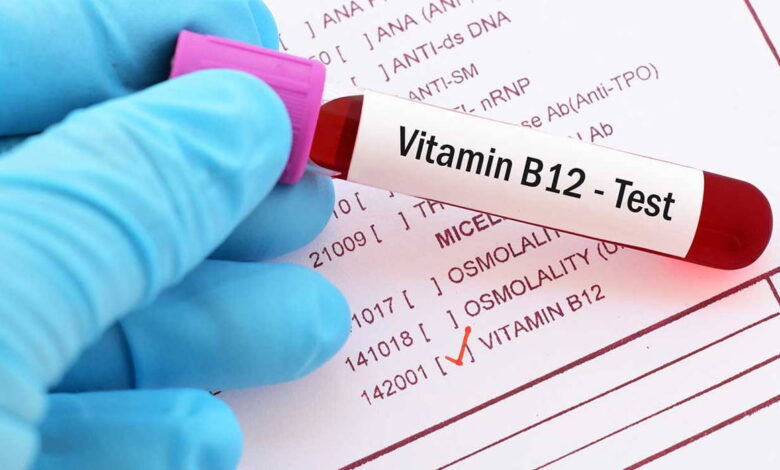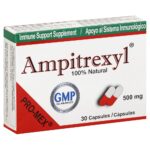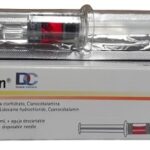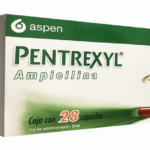Nutrifol: Uses, Dosage, Side Effects, Warnings

What is Nutrifol tablet?
Nutrifol tablet is a combination medication that contains folic acid and methylcobalamin as active ingredients. Nutrifol is mainly used to prevent and treat vitamin B12 deficiency. Vitamin B12 is important for the brain and nerves, and for the production of red blood cells. Methylcobalamin is sometimes used in people with pernicious anemia, diabetes, and other conditions.
Studies, have shown that this combination medication of folic acid and methylcobalamin is not only safe but also offers significant therapeutic benefits as compared to the active ingredients stand alone. Generally, Nutrifol tablet is used for the treatment, control, prevention, & improvement of the following diseases, conditions and symptoms:
- Treatment of anemia of nutritional origin, pregnancy, infancy, or childhood
- Numbness and tingling
- Poor absorption of food
- Treatment of megaloblastic anemias due to a deficiency of folic acid
- Anemia
- Nerve damage
- Pain in neurological disorders
Nutrifol Tablet may also be used for purposes not listed here.
How does Nutrifol tablet work?
Nutrifol Tablet works by acting on megaloblastic bone marrow to produce a normoblastic marrow; and aid in the recovery process of damaged nerve cells. Mecobalamin acts as a coenzyme of methionine synthetase in the transmethylation of homocysteine to methionine for various metabolic functions that are essential in cell replication and haematopoiesis. It also promotes nucleic acid and protein synthesis, production of all epithelial cells and maintenance of myelin throughout the nervous system.
How is Nutrifol tablet taken?
Nutrifol Tablet is available in the following packages and strengths:
- Nutrifol Tablet – Packages: 10 Tablet
- Nutrifol Tablet – Strengths: 5MG+750MC
Take this product by mouth as directed. Follow all directions on the product package. If you have any questions, ask your doctor or pharmacist. Do not crush or chew tablets. Clinical trials with specific dosage recommendations for methylcobalamin are lacking. Dosage is based on recommended dosages for vitamin B12. High dosages of methylcobalamin (1,500 mcg/day orally) have been used in limited studies.
For more information you may also consult the Office of Dietary Supplements of the National Institutes of Health, or the U.S. Department of Agriculture (USDA) Dietary Reference Intakes (formerly “Recommended Daily Allowances”) listings for more information.
What are the side-effects of Nutrifol tablet?
The following is a list of possible side-effects that may occur from all constituting ingredients of Nutrifol Tablet. This is not a comprehensive list. These side-effects are possible, but do not always occur. Some of the side-effects may be rare but serious. Consult your doctor if you observe any of the following side-effects, especially if they do not go away:
• Allergic reactions
• Anorexia
• Nausea
• Abdominal distention
• Flatulence
• Bitter or bad taste
• Altered sleep patterns
• Difficulty in concentrating
• Irritability
• Overactivity
• Excitement
• Mental depression
• Confusion
• Impaired judgment
• Decreased vitamin b12 serum levels
• Seizures in epileptic patients receiving phenobarbital, primidone, or diphenylhydantoin
• Decreased diphenylhydantoin serum levels in folate-deficient patients
• Gastrointestinal discomfort
• Rash may be seen after administration
• Nutrifol Tablet may also cause side-effects not listed here.
If you notice other side-effects not listed above, contact your doctor for medical advice. You may also report side-effects to your local food and drug administration authority.
What happens if I miss a dose?
Use the medicine as soon as you can, but skip the missed dose if it is almost time for your next dose. Do not use two doses at one time.
What happens if I overdose?
Seek emergency medical attention or call the Poison Help line at 1-800-222-1222.
Nutrifol Tablet Safety Information
If you use other drugs or over the counter products at the same time, the effects of Nutrifol Tablet may change. This may increase your risk for side-effects or cause your drug not to work properly. Tell your doctor about all the drugs, vitamins, and herbal supplements you are using, so that your doctor can help you prevent or manage drug interactions. Nutrifol Tablet may interact with the following drugs and products:
- Alcohol
- Aminosalicylic acid
- Antibiotics
- Barbiturates
- Chloramphenicol
- Colchicine
- Diphenylhydantoin
- H2 blockers
- Methotrexate
- Nitrofurantoin
Warnings
Follow all directions on your medicine label and package. Tell each of your healthcare providers about all your medical conditions, allergies, and all medicines you use.





